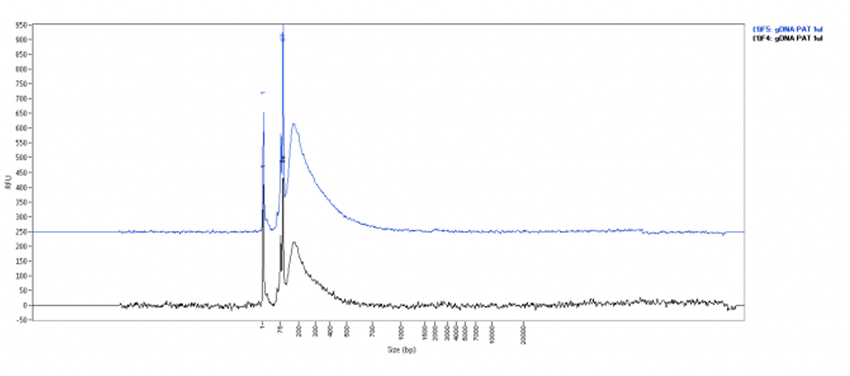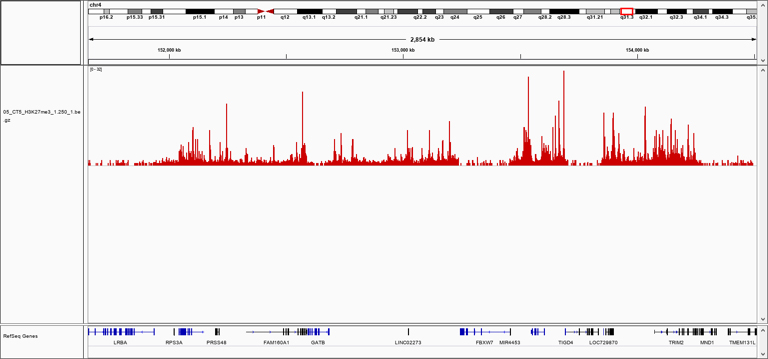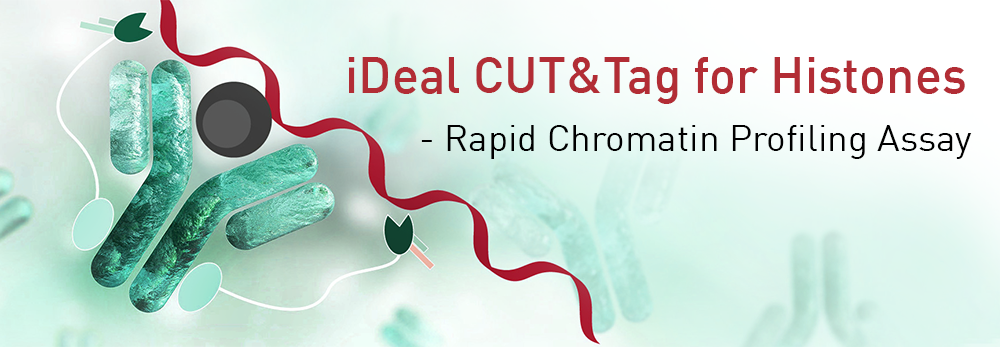How to properly cite our product/service in your work We strongly recommend using this: pA-Tn5 Transposase - unloaded (Hologic Diagenode Cat# C01070002-30). Click here to copy to clipboard. Using our products or services in your publication? Let us know! |
Spatially resolved genome-wide joint profiling of epigenome and transcriptome with spatial-ATAC-RNA-seq and spatial-CUT&Tag-RNA-seq
Haikuo Li et al.
The epigenome of a cell is tightly correlated with gene transcription, which controls cell identity and diverse biological activities. Recent advances in spatial technologies have improved our understanding of tissue heterogeneity by analyzing transcriptomics or epigenomics with spatial information preserved, but ha... |
Rational design of peak calling parameters for TIP-seq based on pA-Tn5 insertion patterns improves predictive power
Thomas Roberts et al.
Epigenomic profiling provides insights into the regulatory mechanisms that govern gene expression. At a fundamental level, these mechanisms are determined by proteins that bind the DNA or modify the chromatin. Techniques such as ChIP-seq and CUT&Tag have been instrumental in mapping the binding sites of such pro... |
Spatial epigenome-transcriptome co-profiling of mammalian tissues.
Zhang D. et al.
Emerging spatial technologies, including spatial transcriptomics and spatial epigenomics, are becoming powerful tools for profiling of cellular states in the tissue context. However, current methods capture only one layer of omics information at a time, precluding the possibility of examining the mechanistic relatio... |
Spatially resolved epigenome-transcriptome co-profiling of mammalian tissues at the cellular level
Fan Rong et al.
Emerging spatial technologies including spatial transcriptomics and spatial epigenomics are becoming powerful tools for profiling cellular states in the tissue context. However, current methods capture only one layer of omics information at a time precluding the possibility to examine the mechanistic relationship ac... |
Spatially resolved epigenomic profiling of single cells in complex tissues
Lu Tian et al.
The recent development of spatial omics methods enables single-cell profiling of the transcriptome and the 3D genome organization in a spatially resolved manner. Expanding the repertoire of spatial omics tools, a spatial epigenomics method will accelerate our understanding of the spatial regulation of cell and tissu... |
PIWI-mediated control of tissue-specific transposons is essential for somatic cell differentiation
Danyan Li, David H Taylor, Josien C van Wolfswinkel
PIWI proteins are known as mediators of transposon silencing in animal germlines but are also found in adult pluripotent stem cells of highly regenerative animals, where they are essential for regeneration. Study of the nuclear PIWI protein SMEDWI-2 in the planarian somatic stem cell system reveals an intricate inte... |




